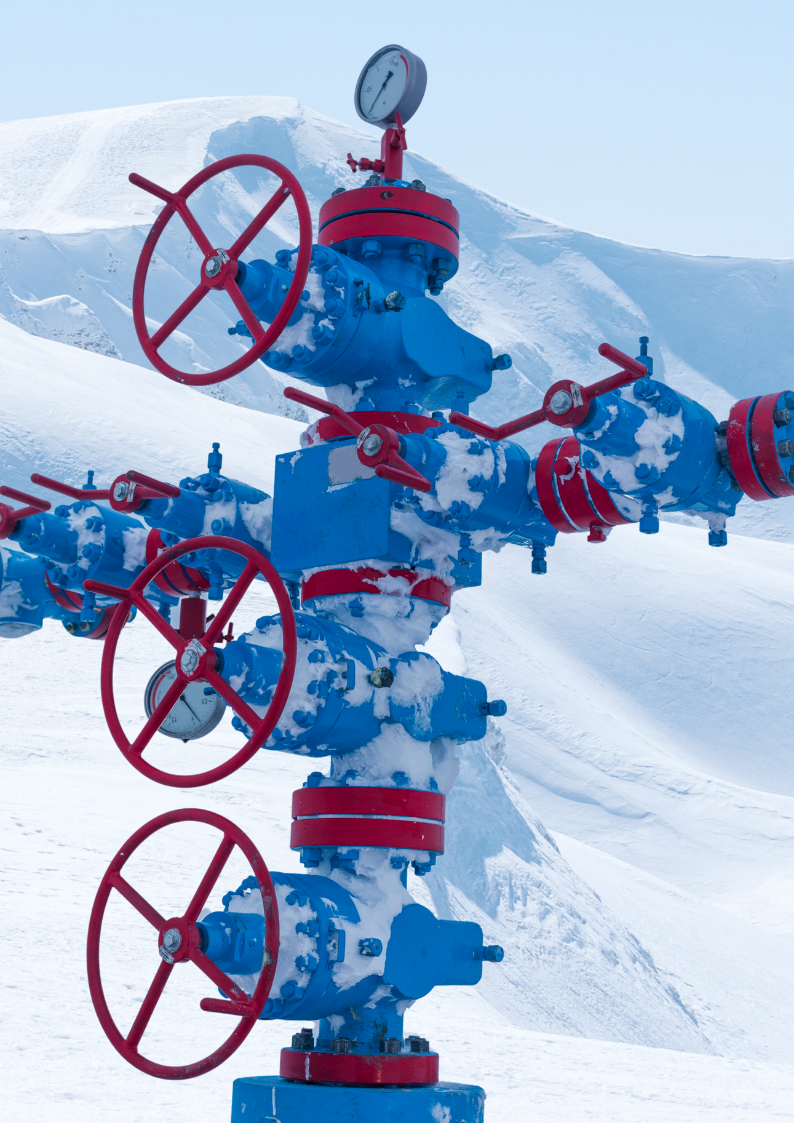
Introduction: The Unsung Heroes of Oil and Gas Wells
If you’ve ever seen an oil or gas well, you’ve probably noticed a complex system of valves and pipes sitting on top; it’s called a Christmas tree. No, it’s not the kind you decorate for the holidays, but in the oilfield, it’s just as important.
Christmas trees are the brain and muscle of a well, controlling pressure, regulating flow, and ensuring safe operations. But the industry has come a long way from the early days of manual control. Today, Christmas trees are evolving into smart, automated systems that don’t just boost oil recovery; they’re playing a key role in carbon capture and sustainability efforts.
So, how did we go from turning manual valves in the field to digitally optimizing well performance from miles away? Let’s look at this exciting transformation.
The Early Days: Manual Christmas Trees and Their Challenges
In the early oilfields, Christmas trees were purely mechanical, relying on manual valve adjustments to control pressure and flow rates. This meant that:
- Operators had to be physically present to monitor and adjust well performance.
- Pressure regulation was reactive, not proactive, meaning problems weren’t addressed until something went wrong.
- Safety risks were higher, as sudden pressure surges or human error could lead to dangerous blowouts.
As drilling advanced and wells went deeper, it became clear that manual operation wasn’t enough. The industry needed better efficiency, safer operations, and remote capabilities, and that’s where automation began to take hold.
The Rise of Automation: Smart Christmas Trees
Fast forward to today, and Christmas trees have undergone a major upgrade. Modern oil and gas wells now use electronic, hydraulic, and fully automated systems to:
- Remotely monitor and control wells in real time through SCADA systems and IoT sensors.
- Adjust flow rates instantly based on production demands.
- Improve safety by detecting and preventing pressure surges before they become a problem.
By integrating digital control panels, subsea automation, and AI-driven analytics, smart Christmas trees now optimize production with minimal human intervention. And this isn’t just about oil production; it’s about using advanced technology to make oil recovery more efficient and sustainable.
Christmas Trees in Enhanced Oil Recovery (EOR): Getting More from Every Well
Even after a well’s primary production phase, a significant amount of oil remains trapped underground. That’s where enhanced oil recovery (EOR) comes in. Christmas trees play a critical role in EOR techniques such as:
- Gas Injection: injecting CO₂ or natural gas into the reservoir to force more oil to the surface.
- Water and chemical flooding: using water, steam, or specialized chemicals to loosen trapped oil.
A North Sea oilfield recently integrated automated Christmas trees with CO₂ injection EOR, increasing oil recovery rates. The smart sensors allowed operators to fine-tune pressure levels in real time, optimizing efficiency while minimizing energy waste.
The takeaway? EOR is getting smarter, greener, and more cost-effective, thanks to advancements in Christmas tree automation.
The Role of Christmas Trees in Carbon Capture and Storage (CCS)
As the energy industry pushes toward carbon neutrality, many companies are using Christmas tree systems for carbon capture and storage (CCS). But how does it work?
- CO₂ Injection: Instead of being released into the atmosphere, captured CO₂ is injected into depleted reservoirs.
- Pressure Control & Monitoring: Christmas trees regulate injection pressure and flow rates to ensure safe, long-term storage.
- Reducing Carbon Footprints: This technology helps companies offset emissions while making use of existing oilfield infrastructure.
As carbon capture technology expands, smart Christmas trees will be essential to making oil production cleaner and more sustainable.
The Future of Christmas Tree Technology: Smarter, Greener, More Efficient
With AI-driven analytics, IoT connectivity, and digital twin simulations, the future of oilfield Christmas trees is all about efficiency and sustainability. Here’s what’s coming next:
- AI-Powered Optimization: The self-adjusting flow controls based on real-time reservoir data.
- Predictive Maintenance: Smart sensors will detect issues before they cause downtime.
- Renewable Integration: Hybrid power sources (like solar and battery backup) will help reduce energy use in remote operations.
As automation and sustainability efforts grow, Christmas trees will not only improve oil recovery but also reduce environmental impact.
Conclusion: The Energy Industry’s Digital Transformation
From manual valve adjustments to automation, the evolution of oilfield Christmas trees represents the energy industry’s journey toward smarter, cleaner operations.
What was once a simple mechanical system is now a key player in carbon capture, enhanced oil recovery, and sustainable energy solutions.
As technology advances, Christmas trees won’t just control oil flow; they’ll shape the future of low-carbon energy production.






0 responses on "The Evolution of Oilfield Christmas Trees: From Manual Systems to Automated for Carbon Capture and Enhanced Oil Recovery (EOR)"